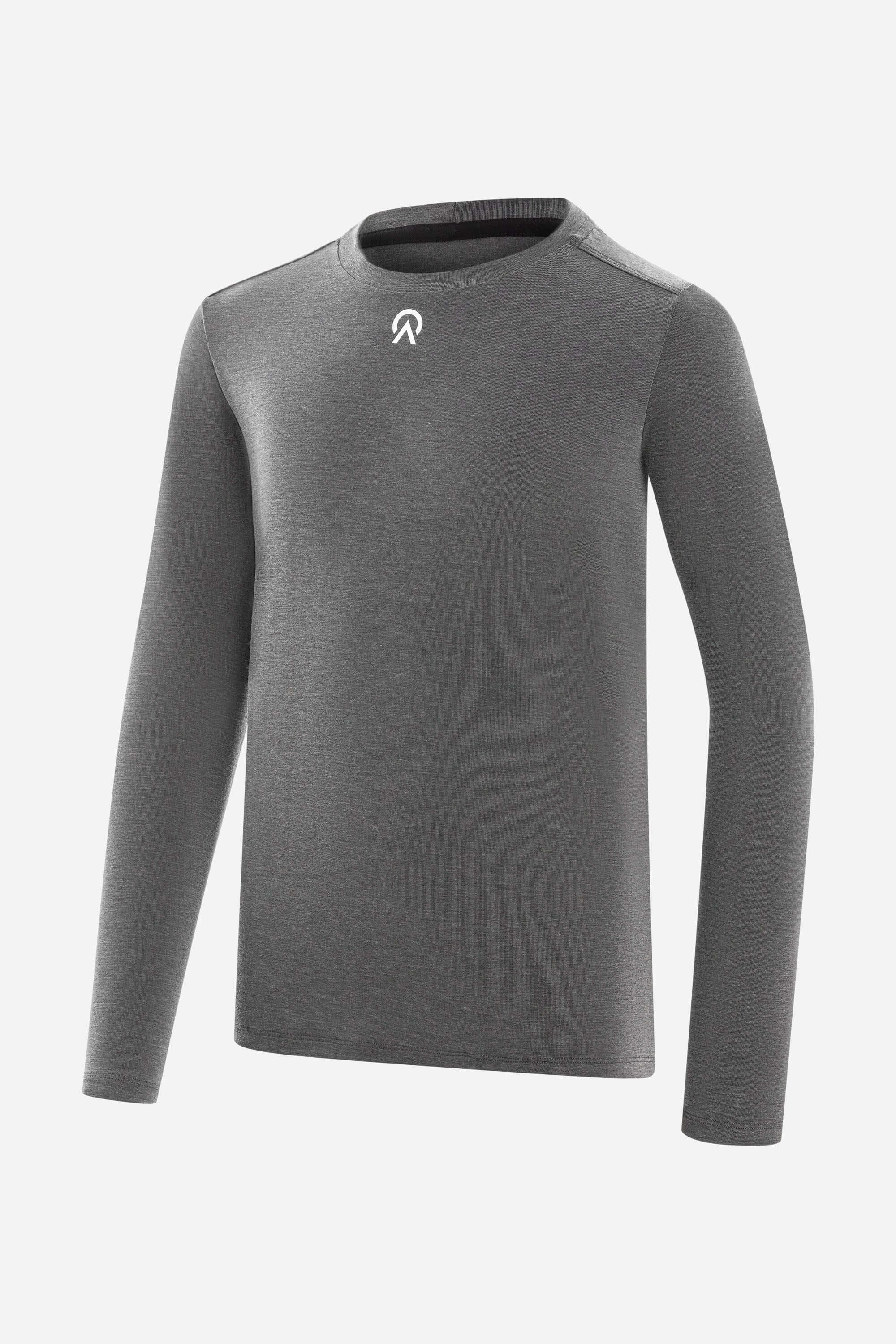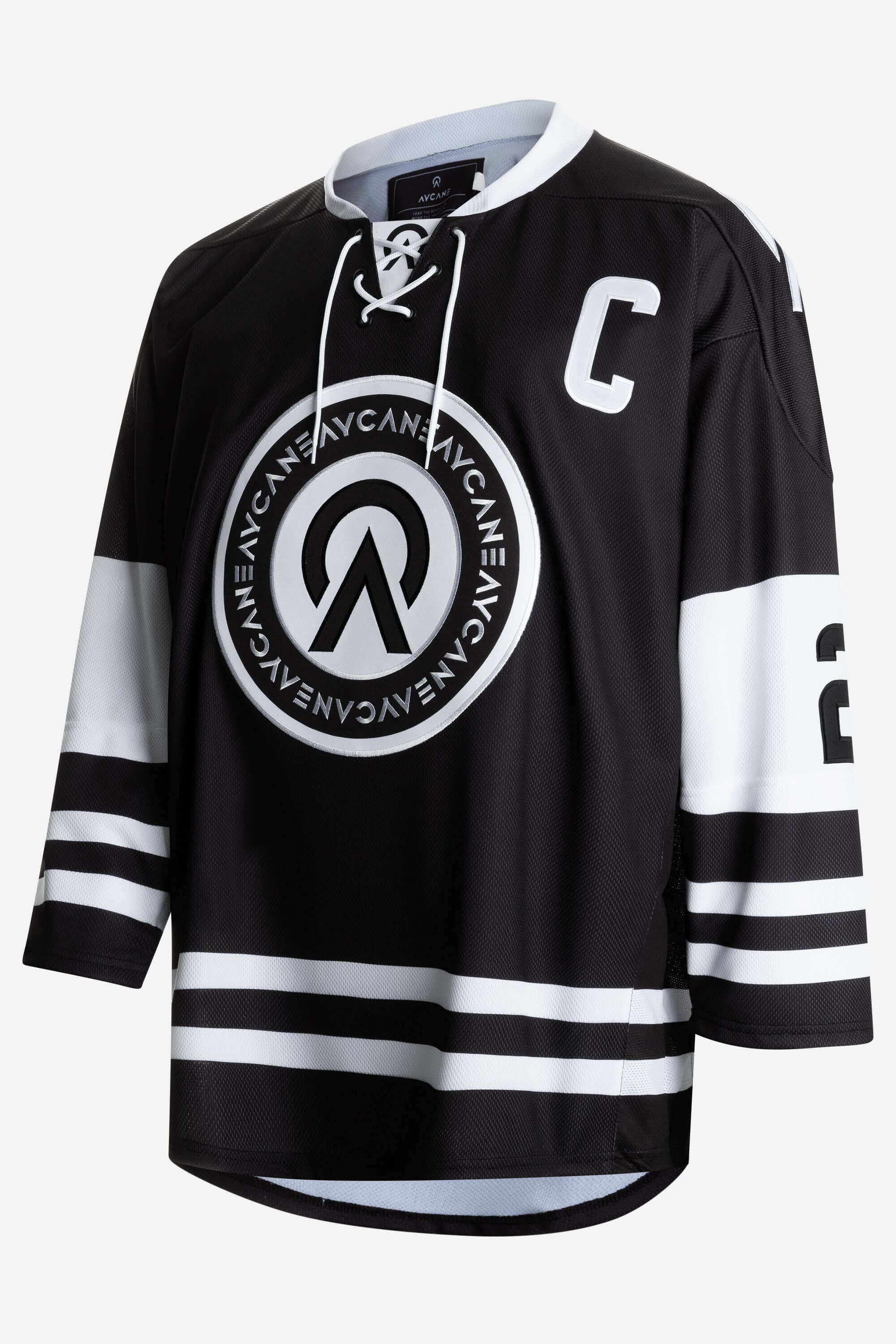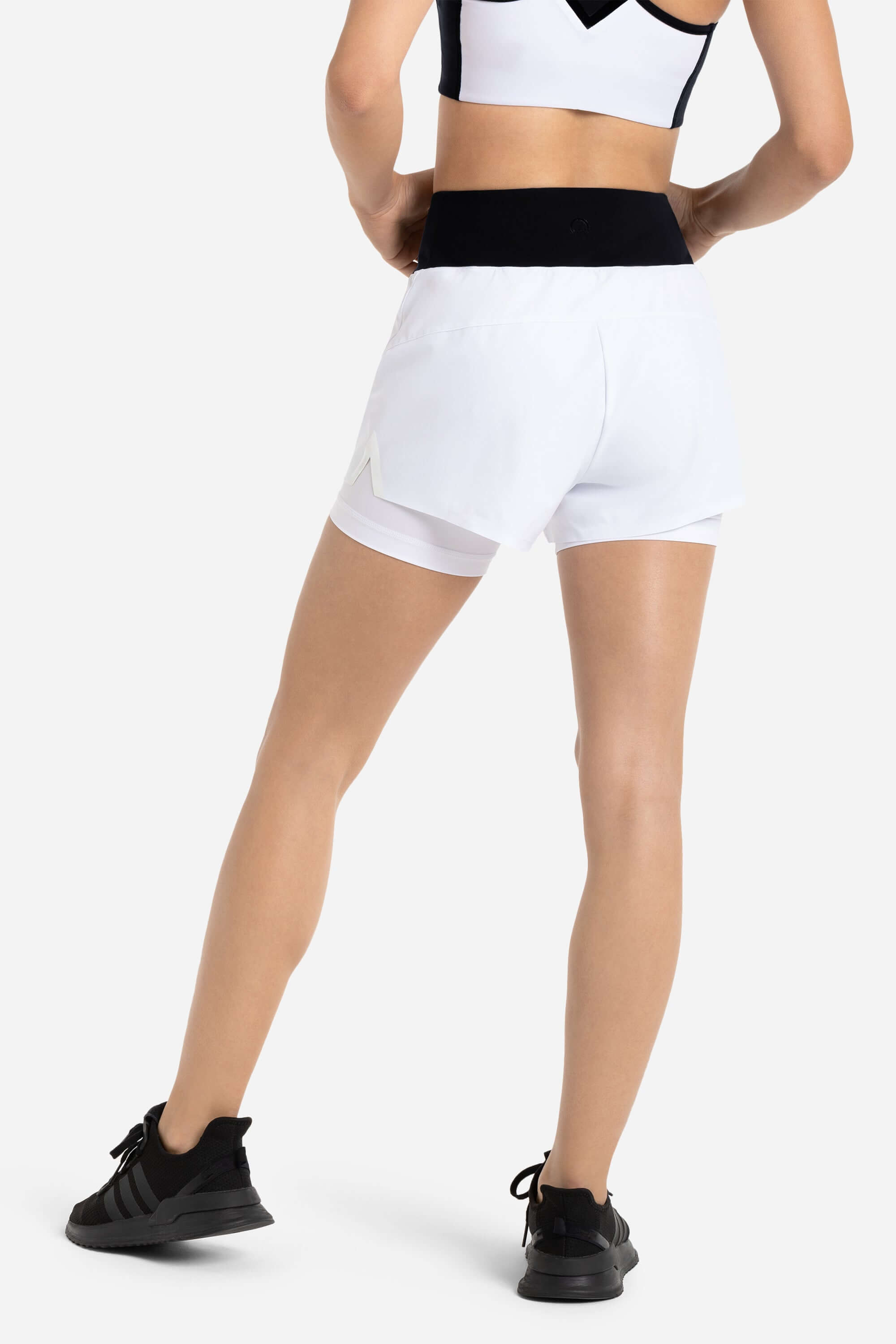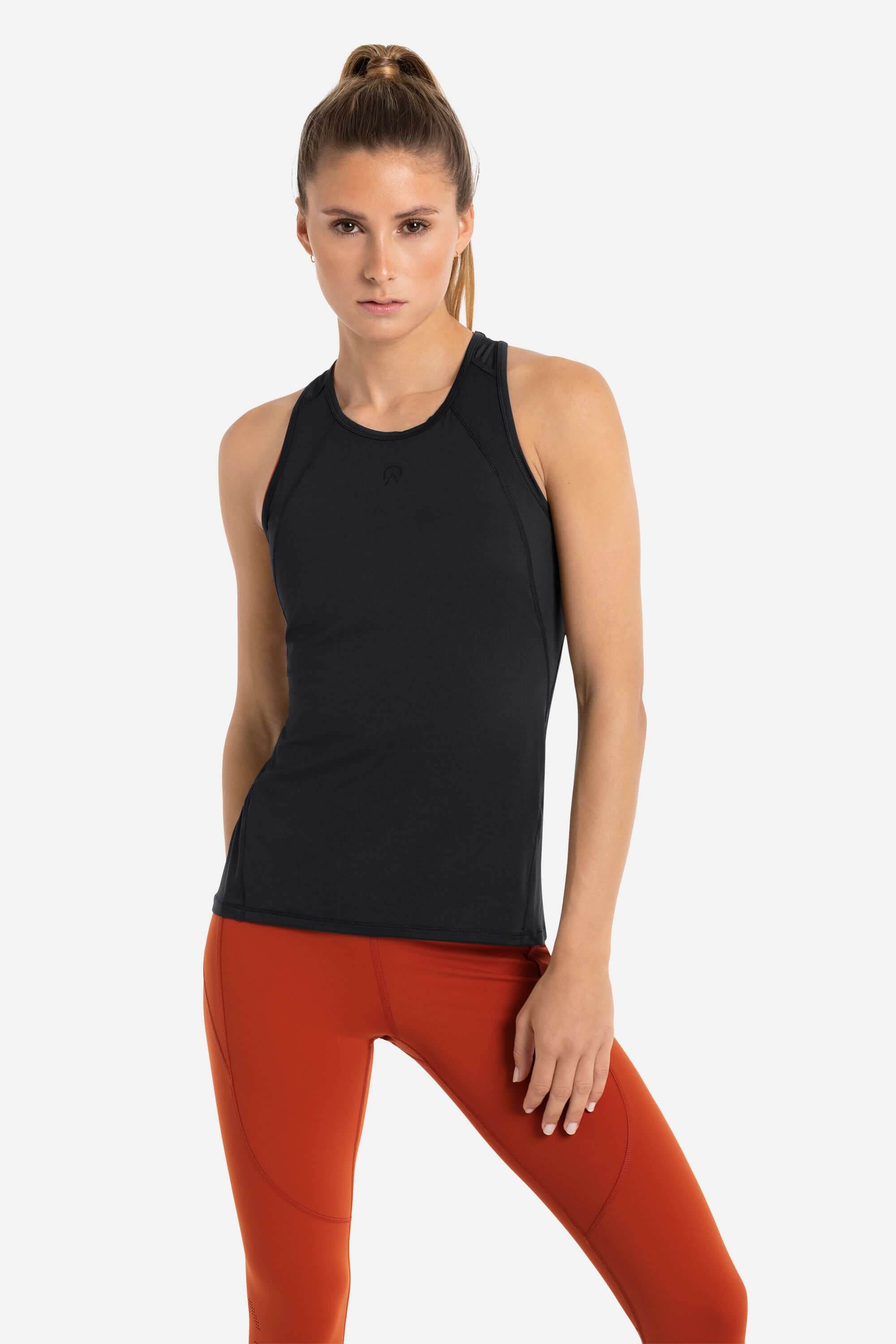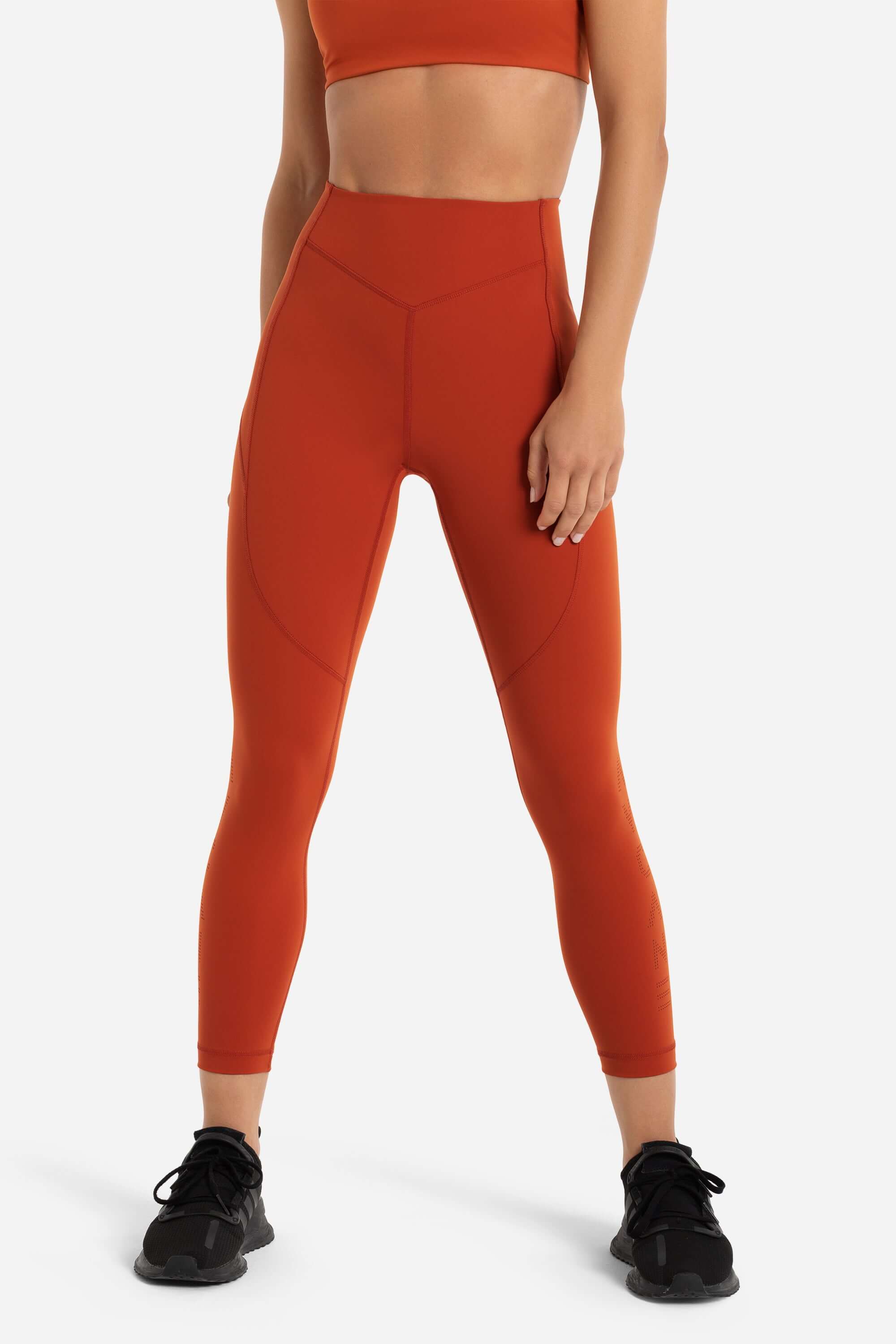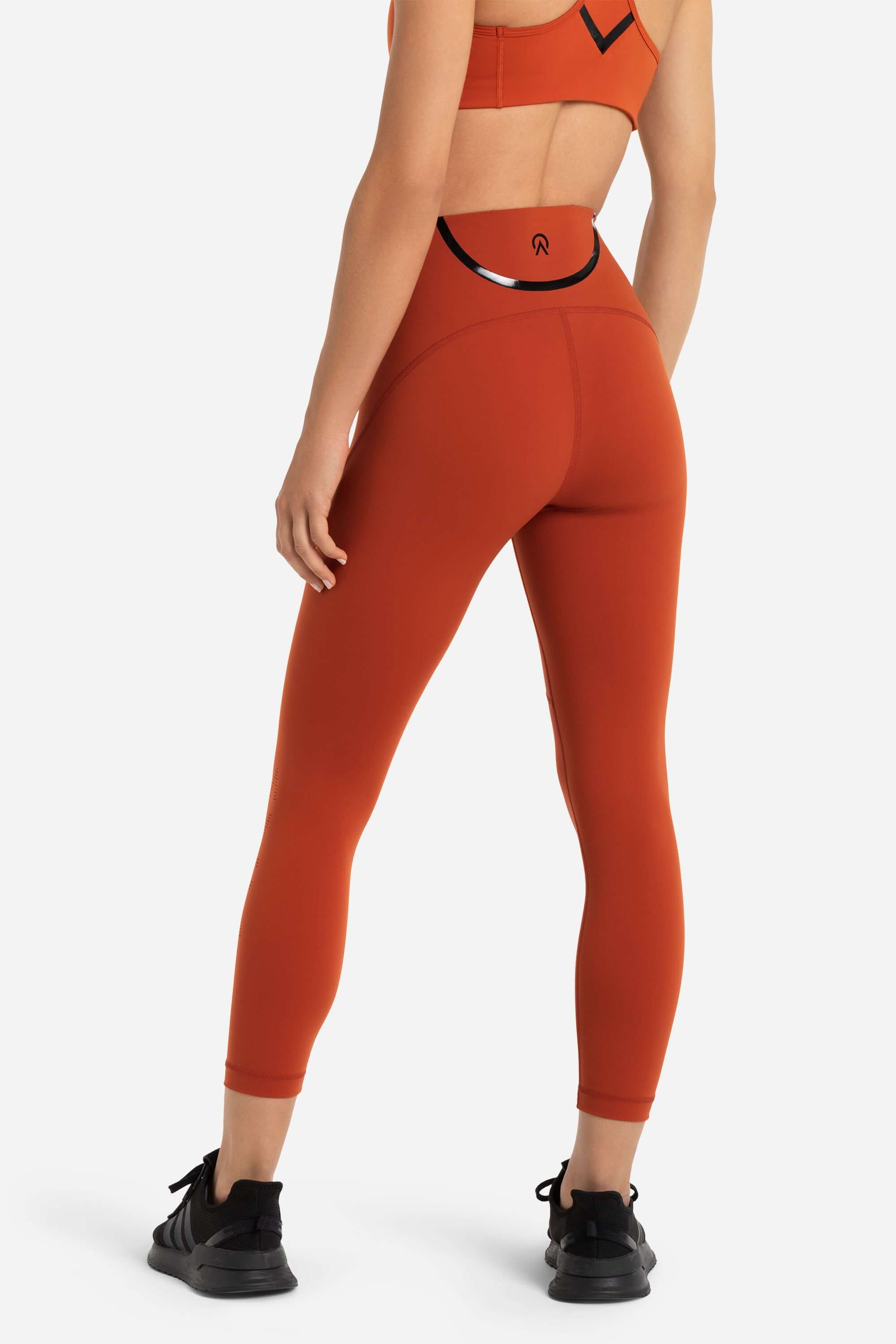The Role of Aerodynamics in Ice Hockey: How Stick Design Affects Shot Accuracy
Ice hockey is a sport where precision and speed are paramount. Players need to control the puck, make accurate passes, and take powerful, well-placed shots.
While skill and strength play a significant role, the design of the hockey stick itself also has a crucial impact on shot accuracy. In this blog post, we'll delve into the world of aerodynamics and discuss how stick design affects shot accuracy in ice hockey.

The Basics of Aerodynamics in Hockey
Aerodynamics, the study of the behavior of air as it interacts with solid objects, plays a key role in understanding how different stick designs can affect shot accuracy. In ice hockey, the design of the stick's blade and shaft influences how air flows around it and, consequently, how the puck behaves during shooting.
Blade Design: Curve and Face Angle
The curve of the blade is a critical factor in shot accuracy. A blade with a more pronounced curve creates "lift," which can cause the puck to rise off the ice during a shot. This lift can be advantageous in situations where a player wants to lift the puck over an opponent's stick or the goaltender's pads, but it can also lead to less precise shots.
Additionally, the face angle of the blade, which refers to its open or closed position, affects how the puck comes off the blade during a shot. A more closed face angle promotes accuracy by keeping the puck flat, while an open face angle can cause the puck to flutter or wobble.
Shaft Flex and Kick Point
The shaft of the stick also plays a role in shot accuracy. The shaft's flex rating and kick point influence the energy transfer from the player's body to the puck. A lower flex rating allows for more energy to be stored in the shaft and released into the puck during a shot. Different kick points provide distinct benefits: a low kick point offers a quick release for wrist shots and snapshots, while a high kick point is advantageous for slap shots.
Stick Length and Lie
The length of the stick and its lie (the angle between the blade and the shaft) are critical to a player's ability to handle and shoot the puck accurately. A stick that is too long or too short for a player's stature can affect their ability to control the puck and take accurate shots. The lie influences the angle at which the blade contacts the ice, impacting the puck's trajectory during shooting.
Manufacturers and Customization
Hockey stick manufacturers have recognized the significance of stick design in shot accuracy. They produce sticks with various curves, flex ratings, and kick points to cater to different playing styles and preferences. Moreover, players often customize their sticks to suit their specific needs and playing style.
Conclusion
The role of aerodynamics in ice hockey is undeniable. The design of the hockey stick, including blade curve, face angle, shaft flex, and kick point, plays a crucial role in shot accuracy. Players must carefully select and customize their sticks to maximize their performance on the ice. Understanding the aerodynamics of stick design allows players to make informed choices that can give them a competitive edge, enhancing their ability to place accurate shots and find the back of the net. In the fast-paced world of ice hockey, shot accuracy can make all the difference between winning and losing.



